As a reform, pseudo-secular, culturally-Judaic person growing up in the Bay Area, I was raised up with a hybrid of Californian-American-Jewish cuisine peppered with Mexican and Chinese-American.
When I moved to New York City after college, and as diversity among general food culture was progressing, I was exposed to a wholly different kind of Jewish cuisine. There was pastrami, smoked fish, knishes—and bagels. Oh, the bagels. Perhaps as a result of the slow-food Bay Area environment, these dishes of my ancestry that blossomed in L.A., New York and Chicago didn’t fully make their way into the Judaic food memories of my youth.
That all changed one day when my roommates and I ventured into Zabar’s, where our hands became covered in chocolate babka within three steps of exiting the store. This was a revelation. How could something so beautifully delicious—buttery egg bread rich with deep layers of chocolate (or cinnamon) swirl, topped with streusel—have remained invisible to me for so many years?
Traditionally, babka refers to a twisted yeasted dough filled with chocolate or cinnamon baked in a loaf, sometimes topped with streusel. But in an era where people eat with their eyes just as much as with their stomachs, and are willing to pay more for higher quality, iterations and adulterations of the humble Krantz cake are aplenty. Unlike in New York, however, finding babka at the local bake shop or artisan bakery in L.A. is not necessarily as easy as one would think.
I ventured to the westside to Wexler’s Deli, where Micah Wexler hypothesized that despite Jewish deli culture penetrating the wider American food landscape, babka just hasn’t made “the leap.” Babka, like a lot of Ashkenazi food, is also laborious. “It’s not something you just throw together; it’s an undertaking,” says Wexler.
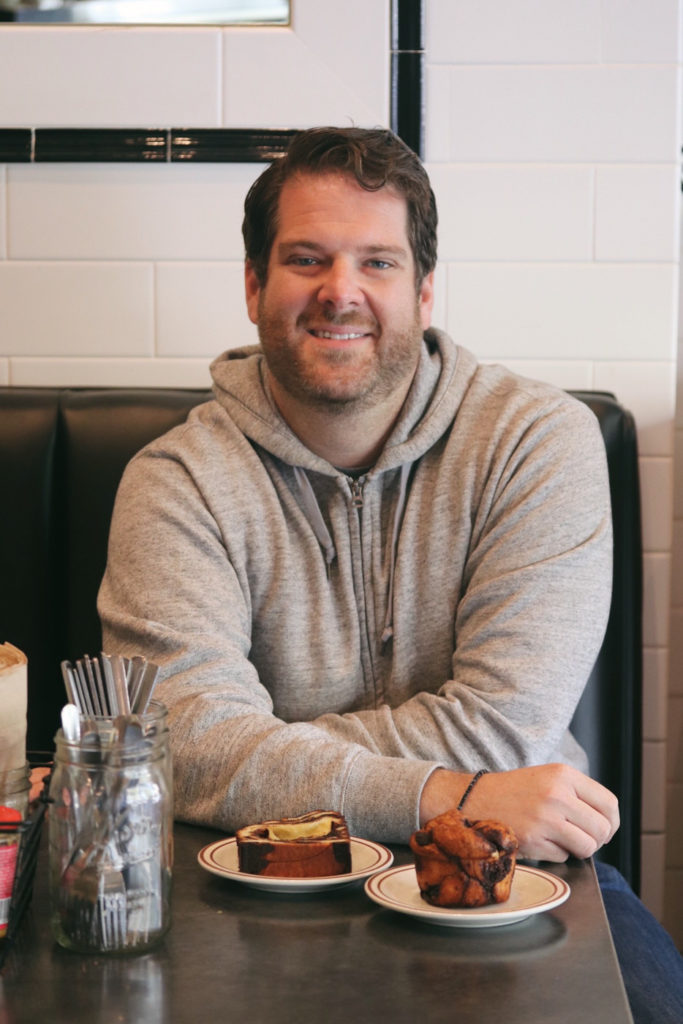
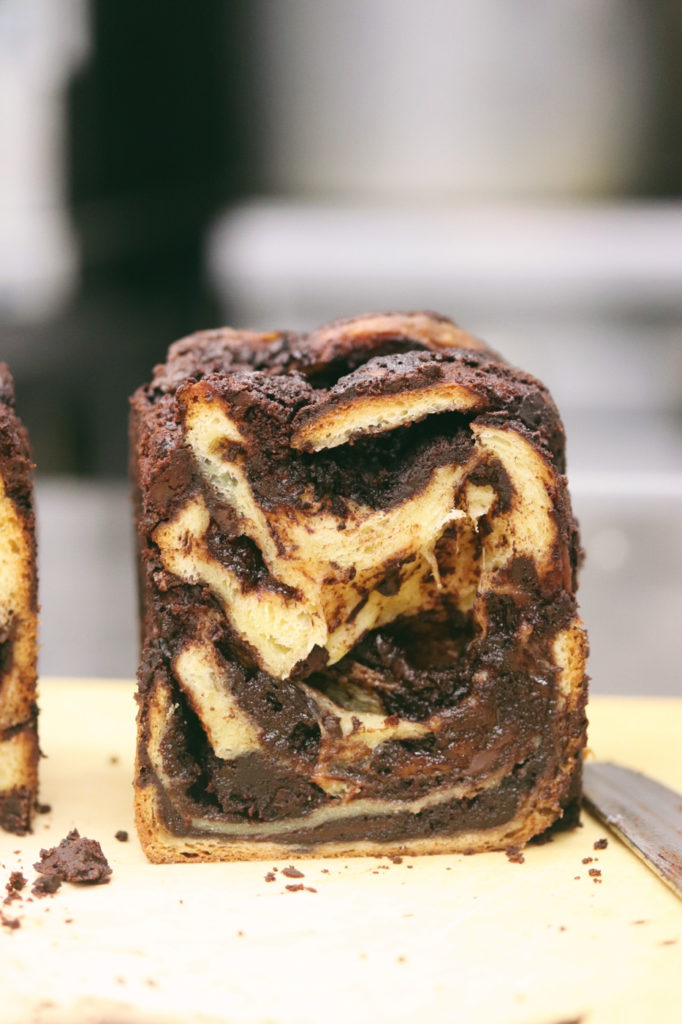
Elizabeth Belkind, owner and pastry chef of Cake Monkey Bakery concurs. “I was initially inspired by a picture of a babka some years ago and thought, I have to make this,” Belkind says. But she admits, “It took fumbling with a lot of complicated recipes before I created something much easier and ultimately more delicious.”
As I pounded the pavement in search of the holy swirl of Los Angeles, I found a new babka landscape. Something not quite in the tradition of New York, but which is distinctly unique to L.A. Of course, there are the plethora of kosher bakeries catering to religious communities and bakeries making “babka” buns that resemble something more of a glorified cinnamon roll. And perhaps that’s all acceptable. But short of spending hours making babka at home, I wanted to find that traditional slice, heavy enough that I could almost lift it like a weight, with swirls of buttery flaky dough twisting and turning, and indulgent chocolate waves all warmly bound together by a perfect crust topped with streusel.
As Wexler and I discussed the state of babka in L.A., he pointed out one issue with Jewish Ashkenazi food in America is over the years, much of it has become over-commercialized products that are made for the sake of convenience, like a jarred gefilte fisht is a matter of convenience. But out of that convenience comes a sacrifice in quality and thus, the population of non-Jewish eaters having access to subpar products making it even harder to make headway in a mass market. It presents a challenge to the wider narrative of the babka, Wexler describes.

Wexler broke down the babka canon into two camps: a bready loaf with a lower swirl-to-bread ratio, and something resembling flaky croissant dough. While neither is absolute, in Wexler’s opinion it’s all about the “…layers of underdoneness, where the dough is compressed under the weight of the chocolate where you get that ooey-gooey underdone-thing going on. That has to be spot on for me,” he says.
The magical thing about babka is it’s not quite like anything else. It’s not a bready loaf and it’s not a cake. Each bite is different from the next, sometimes catching gobs and chunks of chocolate, and at other times buttery egg dough. “Our babka is loaded with everything—butter, chocolate, sugar—we don’t skimp on anything,” says Chef Belkind of Cake Monkey. “We use a chocolate spread on the brioche and top that with chocolate cake.” Belkind explains the chocolate cake helps absorbs the butter and maintain the babka’s “gorgeous” form, and also includes the addition of crushed hazelnuts.
After indulging in Cake Monkey’s chocolate babka, I did need to heed the call of what some might say is chocolate babka’s “lesser” cousin, the cinnamon swirl; but it’s not quite a morning bun or a cinnamon roll.
At L.A.’s famed restaurant Gjusta, the bakery is taking on the challenge. Using scraps from their croissants, Gjusta’s cinnamon babka loaf is pleasantly manageable, and something I could consume in the morning without going into a major sugar coma.
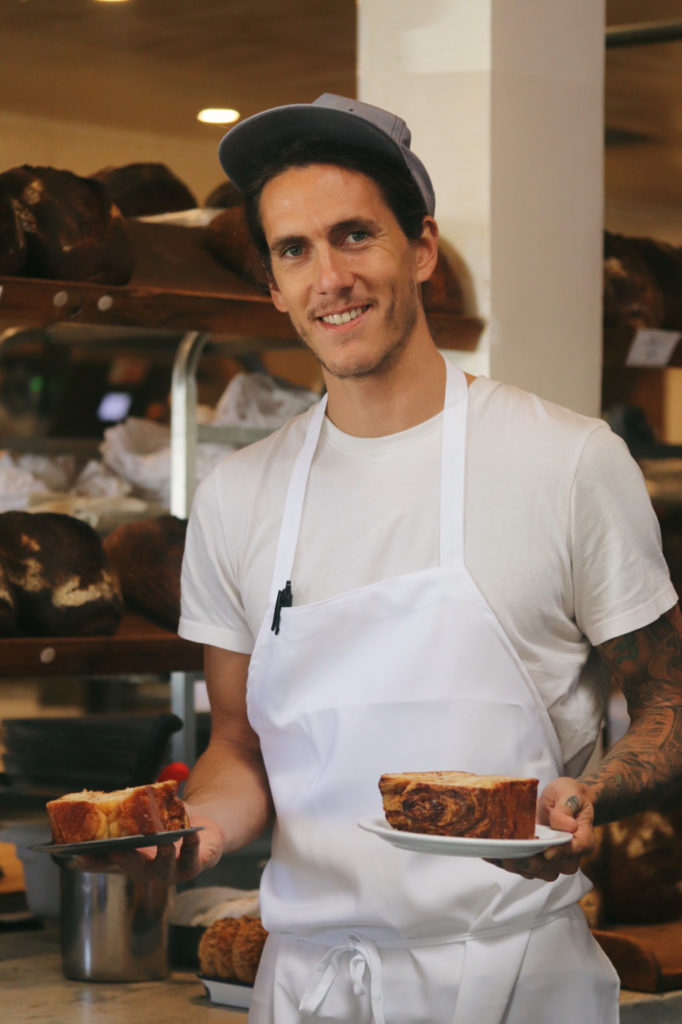
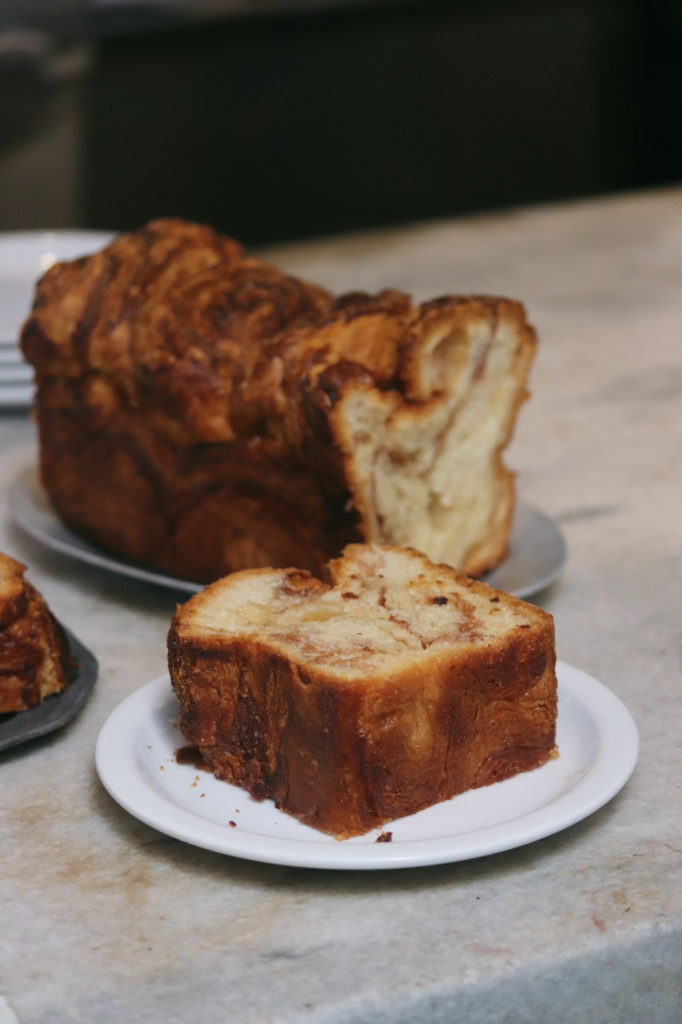
Of course, I couldn’t overlook tradition. The last stop on my babka crawl was the famous Canter’s Deli. As a Los Angeles transplant, entering Canter’s—whose iconic signage dominates the Fairfax skyline—felt a bit intimidating. I was met by Terri Bloomgarden, one of Canter’s co-owners (her mother is a member of the Canter family). Bloomgarden led me through pictures on the walls of Canter’s, describing her family’s history and changes made to the restaurant and its menu over the years—including babka. While Bloomgarden remembers a traditional babka of days passed, Canter’s currently offers babka-esque baked goods, most notably their “racetrack” cake.
Weighing in at over ten pounds, the giant cake is sold by the pound, like Canter’s other baked goods. In response to why babka had been abandoned on Canter’s menu, Bloomgarden, indicated babka had likely been abandoned over the years due to changing tastes and purchasing habits of customers. “People aren’t taking home a loaf of babka like they used to,” she says. “By selling larger cakes and baked goods by the pound, we can meet each individual customer’s needs and maintain freshness of the product, whether they’re looking for a single slice or a whole cake.”
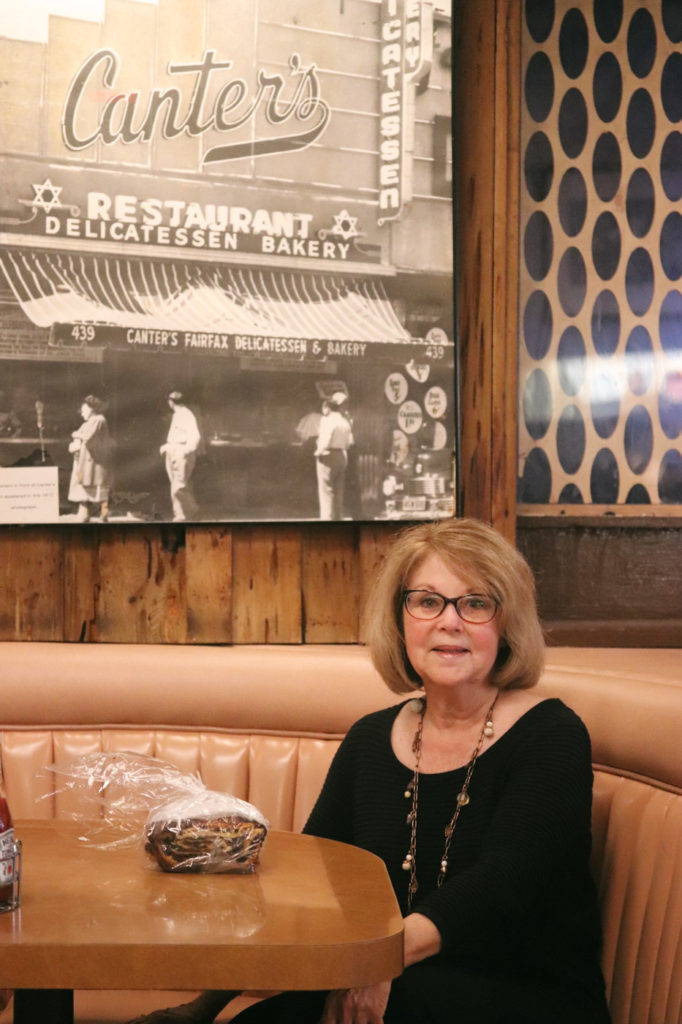


The outer glaze and decorative cherries were picture-perfect. As Bloomgarden slayed the racetrack-giant, the cake revealed its inner chocolate swirls; something of a jelly-roll meets babka mashup. Bloomgarden attributed the extra goosh to an addition of pineapple at the bottom of the cake.
For those seeking a babka fix in Los Angeles, the reward is there thanks to a small community of bakers working tirelessly behind floured doors. Once I followed the babka treasure map, I discovered the hypnotizing chocolate buttery baked swirl is thankfully alive and well.







Our comments section is for members only.
Join today to gain exclusive access.